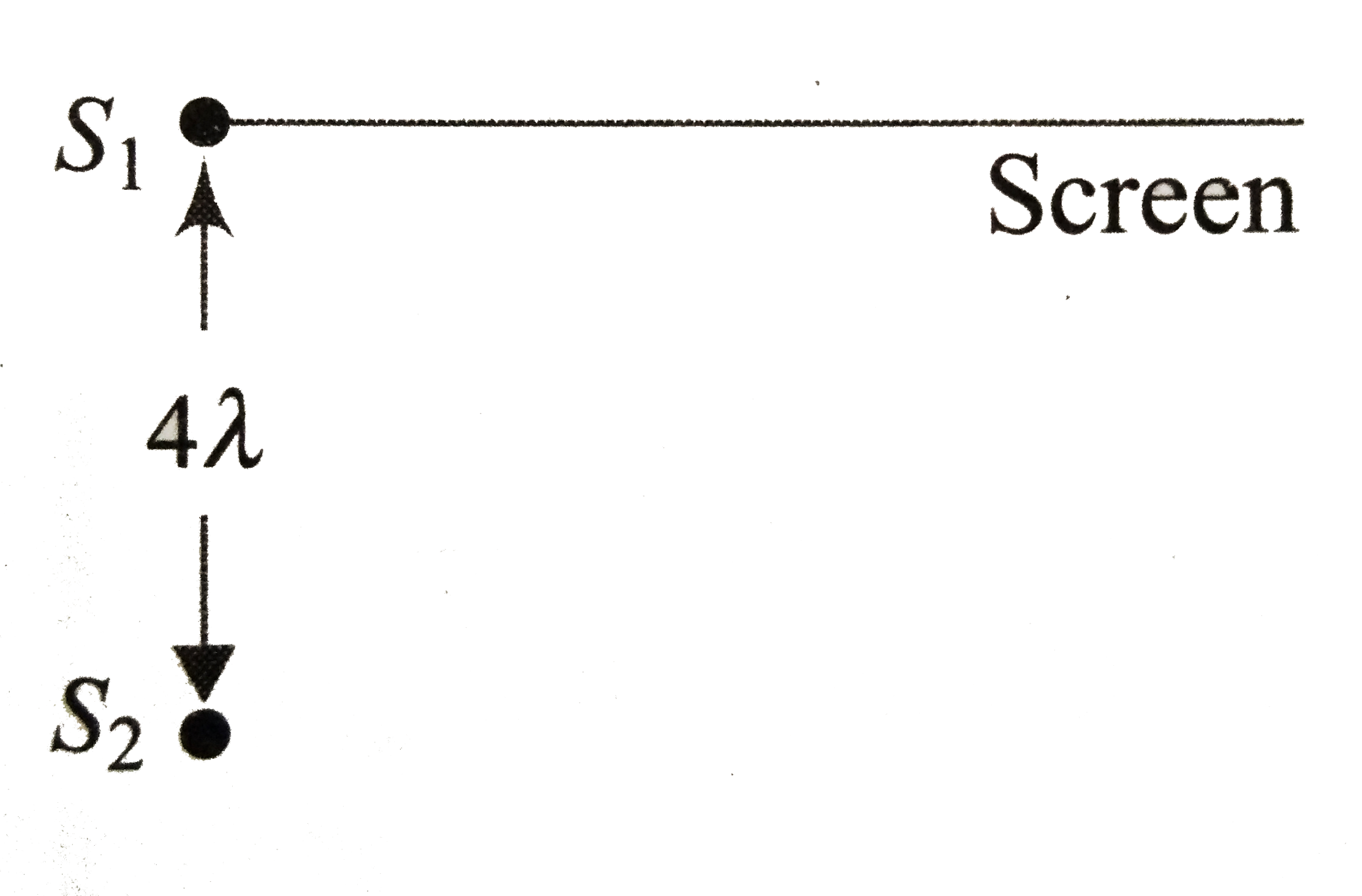Explain why two flashlights held close together do not produce an interference pattern on a distant screen?
To explain why two flashlights held close together do not produce an interference pattern on a distant screen, we can break down the reasoning into a series of logical steps:
1. Understanding Light from Flashlights:
- Flashlights emit light that consists of many different wavelengths. This mixture of wavelengths is what gives the light its white appearance.
2. Requirement for Interference:
- For an interference pattern to form, the light sources must be coherent. This means they should emit light waves that have a constant phase relationship and the same wavelength.
3. Coherence of Flashlight Light:
- The light emitted from two separate flashlights is not coherent. Each flashlight operates independently, and the light waves they produce do not maintain a constant phase relationship over time.
4. Phase Relationship:
- Since the light from the two flashlights has random time differences and varying wavelengths, the phase relationship between the two light sources changes continuously. This lack of a stable phase difference means that the conditions for constructive and destructive interference are not met.
5. Conclusion:
- Due to the lack of coherence and the random phase relationships, the light from two flashlights does not produce an interference pattern on a distant screen. Interference requires coherent light sources, which is not the case with independent flashlights.
Summary:
In conclusion, two flashlights do not produce an interference pattern on a distant screen because:
- They emit light of many different wavelengths.
- They are not coherent sources, lacking a constant phase relationship.
- Flashlights emit light that consists of many different wavelengths. This mixture of wavelengths is what gives the light its white appearance.
- For an interference pattern to form, the light sources must be coherent. This means they should emit light waves that have a constant phase relationship and the same wavelength.
- The light emitted from two separate flashlights is not coherent. Each flashlight operates independently, and the light waves they produce do not maintain a constant phase relationship over time.
- Since the light from the two flashlights has random time differences and varying wavelengths, the phase relationship between the two light sources changes continuously. This lack of a stable phase difference means that the conditions for constructive and destructive interference are not met.
- Due to the lack of coherence and the random phase relationships, the light from two flashlights does not produce an interference pattern on a distant screen. Interference requires coherent light sources, which is not the case with independent flashlights.
In conclusion, two flashlights do not produce an interference pattern on a distant screen because:
- They emit light of many different wavelengths.
- They are not coherent sources, lacking a constant phase relationship.
Topper's Solved these Questions
- INTERFERENCE AND DIFFRACTION OF LIGHTBOOK - DC PANDEY ENGLISHCHAPTER - INTERFERENCE AND DIFFRACTION OF LIGHTEXERCISE - Level 1 Assertion And Reason
10 Videos
- INTERFERENCE AND DIFFRACTION OF LIGHTBOOK - DC PANDEY ENGLISHCHAPTER - INTERFERENCE AND DIFFRACTION OF LIGHTEXERCISE - Level 1 Objective
11 Videos
- INTERFERENCE AND DIFFRACTION OF LIGHTBOOK - DC PANDEY ENGLISHCHAPTER - INTERFERENCE AND DIFFRACTION OF LIGHTEXERCISE - Exercise 32.1
3 Videos
- GRAVITATIONBOOK - DC PANDEY ENGLISHCHAPTER - GRAVITATIONEXERCISE - All Questions
135 Videos
- MAGNETIC FIELD AND FORCESBOOK - DC PANDEY ENGLISHCHAPTER - MAGNETIC FIELD AND FORCESEXERCISE - Medical entrance s gallery
59 Videos
Similar Questions
Explain why liverworts lie close to the ground.
View SolutionMonochromatic light from a narrow slit illuminates two parallel slits producing an interference pattern on a screen. The separation between the two slits is now doubled and the distance between the screen and the slits is reduced to half. The fringe width
View SolutionStatement I: For the situation shown in figure two identecal coherent light sources produce interference pattern on the screen. The intensity of minima nearest to S1 is not exactly zero.

Statement II: Minimum intensity is zero, when interfering waves have same intensity at the location of superposition.
View SolutionExplain why some planets do not have atmosphere.
View SolutionIn a Young's double slit experiment, light of 500 nm is used to produce an interference pattern. When the distance between the slits is 0.05 mm, the angular width (in degree) of the fringes formed on the distance screen is close to:
View SolutionWhy don't we hav interference when two candles are placed close to each other and the intensity is seen at a distant scree? What happens if the candles are replaced by laser sources?
View SolutionExplain why the planets do not twinkle?
View SolutionTwo slits spaced 0.450nm apart are placed 75.0 cm from a screen. What is the distance between the second and third dark lines of the interference pattern on the screen when the slits are illuminated with coherent light with a wavelength of 500nm?
View SolutionIn Young's double slit experiment, if the two slits are illuminated with separate sources, no interference pattern is observed because
View SolutionIf an interference experiment is performed using two wavelengths close to each other, two interference patterns corresponding to the two wavelengths are obtained on the screen. The frings system remains distinct up to a point on the screen where the nth order maximum of one wavelength falls on the nth order minimum of the other wavelength. Suppose in Young's double sit experiment, sodium light composed of two wavelengths λ1andλ2 close to each other (with λ2 greater than λ1) is used. The order n, up to which the fringes can be seen on the screen, is given by
View Solution
